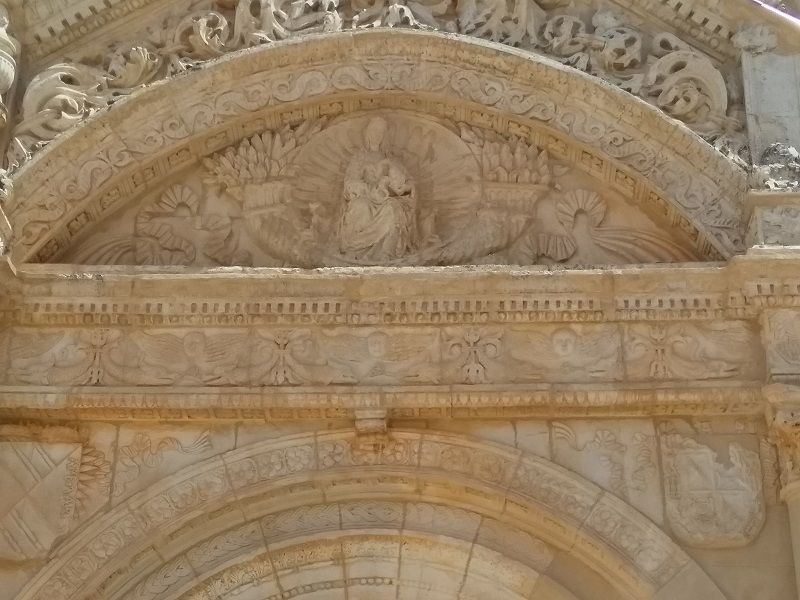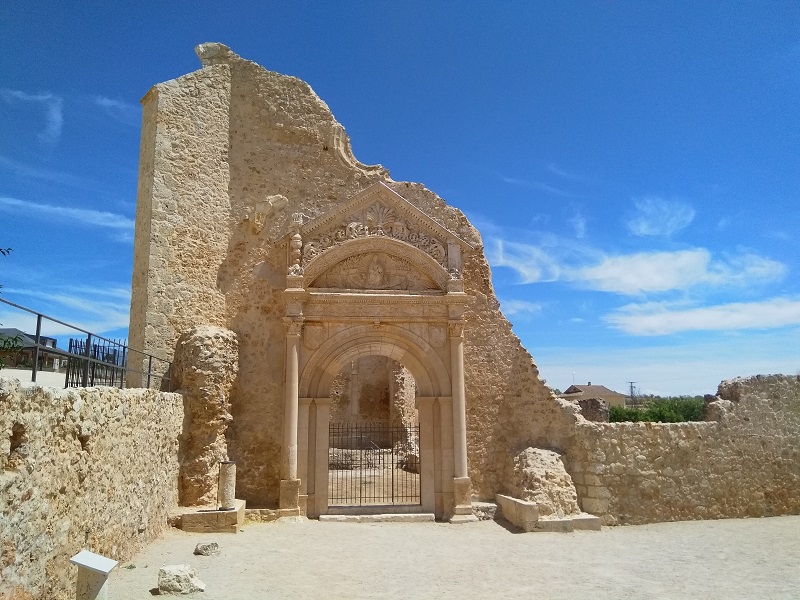Today, the Convento de San Antonio in Mondéjar is nothing but a ruin but looking at what remains of the building it’s easy to see it must have been an incredible construction in its day. However, it’s name is likely to be misleading to English speakers.
In English, the word “convent” is normally associated with nuns and a “monastery” is home to monks. Although convent is the English translation of the Spanish word convento, I was surprised to discover, in Spanish, a convento can also be home to monks. As can a monasterio.
The Convento de San Antonio was home to monks, not nuns. More specifically, the convento and its church were the domain of Franciscan friars.
A Short History Lesson
The Convento de San Antonio was founded in the latter part of the 15th Century by the first count of Tendilla, Don Iñigo López de Mendoza. He’s also allegedly the man behind the construction of the Ermita de San Sebastián, which is a short walk away. However, as I mention in my article about the ermita, Don Iñigo López de Mendoza was long dead by the time it was constructed. He does appear to be responsible for the construction of the Convento de San Antonio though. He gained the necessary permission from Pope Innocent VIII during a visit to Rome. Construction began shortly afterwards, in 1489, and work on the Convento de San Antonio and its church was completed around 1508-1509.
Centuries later, in 1835, the Convento de San Antonio was confiscated as part of the ecclesiastical confiscations of Mendizábal. By 1916, the building was a ruin and much of its stonework was taken away and used to construct the local bull ring (La Plaza de Toros). However, in 1921, the Spanish government declared the ruins a national monument. A restoration project was launched nearly a century later, in 2014. Work was completed in the September of the following year.

The Present-Day Ruins
When I visited the Convento de San Antonio one of the things that struck me most was how clean the stonework was and I was particularly impressed by the quality of the carving about the arch. As with many of the tourist attractions in Mondéjar, it was a case of look but don’t touch. There was no obvious way to enter the grounds of the former convent and wander around the ruins. The areas where the original walls are no longer standing have been bridged with iron bars.

The other interesting thing about the ruin is its proximity to modern-day dwellings. In an unusual case of old meets new, it appears to be just another part of the neighbourhood. I don’t think I’ve ever seen anything like this before. If you are planning on visiting Mondéjar, the Convento de San Antonio deserves a place on your list of places to go. [MAP]
– – – – –
– – –
– – –
– – – – –
